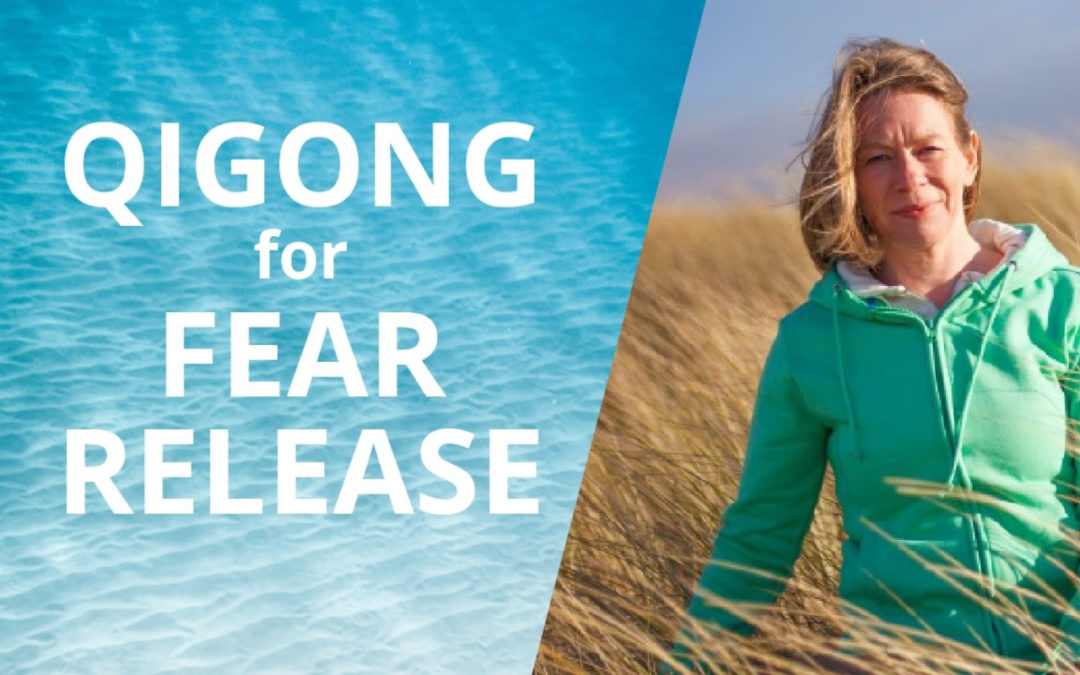
Lesson 34 – Qigong Daily Routine (Replay of Live Qigong Class)
This is a replay of a live session showing you a Qigong routine for Spring, taught by myself, Dr. Janice Tucker. I have been teaching Qigong for two decades and am the founder of the Space To Relax Programme of Qigong video lessons. I’m also a practitioner of acupuncture and Traditional Chinese Medicine. You can join my live classes on Zoom every Thursday at 4 pm Irish time. Click here to join us (lesson replays sent out by email in case you can’t make it).
These classes are free and everyone is welcome. However, if you’d like to contribute as a thank you for the class click here. 50% of donations will go to the ICU staff in my local hospital in Co. Kerry. The other 50% goes towards the upkeep of this website.
Qigong Daily Routine – Introduction
This is a replay of a live session showing you how to select the best Qigong daily routine for yourself. This lesson is for you if you feel overwhelmed with the hundreds of Qigong methods online and do not know how to choose the best ones to practice on a regular basis. I explain how to tune in to your body and mind in order to assess what you need before your practice begins. I also give you some general guidelines for formulating a Qigong routine.
You can decide on how to choose a daily Qigong routine which suits you by firstly taking the time to tune into your abdominal breathing. Then, observe the state of your body and mind, asking yourself whether you’d like to:
- calm and clear your mind;
- energise your body if you feel exhausted;
- relax and stretch out specific areas of your body which you’d like to be more loose and flexible;
- rid unpleasant physical or emotional feelings.
Qigong Daily Routine – Method
- Begin by taking a comfortable standing (more on Qigong stance here) or sitting position (more on seated Qigong here).
- Settle into your practice by relaxing your body and mind with Abdominal Breathing.
- Observe your physical, mental and emotional state as listed above.
- Choose a meditative (mind calming), moving (energising) or discharging waste Qi method as your main Qigong practice for the day.
- Consolidate your practice with a few abdominal breaths, taking time to observe any changes in the state of your body and mind
- Always begin and end your practice with abdominal breathing so that you have a clear start and end point to your routine.
- Next, discharge any stress by vibrating the body or practicing another discharging method (see below links) in order to rid waste Qi and increase your vitality.
- Choose your main Qigong method, based on your initial observations of your body and mind.
- Be comfortable and relaxed during your practice. If you do not feel this way then you may need to change your posture, Qigong exercise, etc. until you do feel comfortable.
Please watch the following videos I made previously which you could choose from in order to help you come up with a daily Qigong routine which works for you!
- Discharge Waste Qi With Vibration (to discharge waste Qi).
- Qigong for Cleansing (to disharge waste Qi)
- Qigong for Emotional Balance (to calm your mind).
- Ease Physical Discomfort and Pain.
- Qigong Recharge Exercises (for exhaustion).
- A Simple Qigong Stretch (to stretch the body).
Previous Live Lesson Replays
Previous live lesson replays are listed below and can be found on my blog page.
What Can I Do Next?
To sign up and attend the live online sessions please click here. Classes are free of charge and suitable if you’re a beginner or have more Qigong experience. Once you sign up I’ll send details to your email with links to the Zoom classes (check your junk/spam folders for notifications). Please share this information with your family and friends as everyone is more than welcome.
If you’d like to take your practice to the next level with my structured, step-by-step Space To Relax Qigong programme of 50 video lessons accompanied by audio and PDF files with support from me every step of the way then click here.
To get my free part video series of 3 Qigong lessons which will be delivered to you by email over the course of one week please click here. In these lessons you’ll learn more about abdominal breathing and Qi movement along with how to rid waste Qi from your body in order to feel more relaxed and energised.
You can also click the red “subscribe” button to join my YouTube channel. That way, you won’t miss any future Qigong lessons from me.



